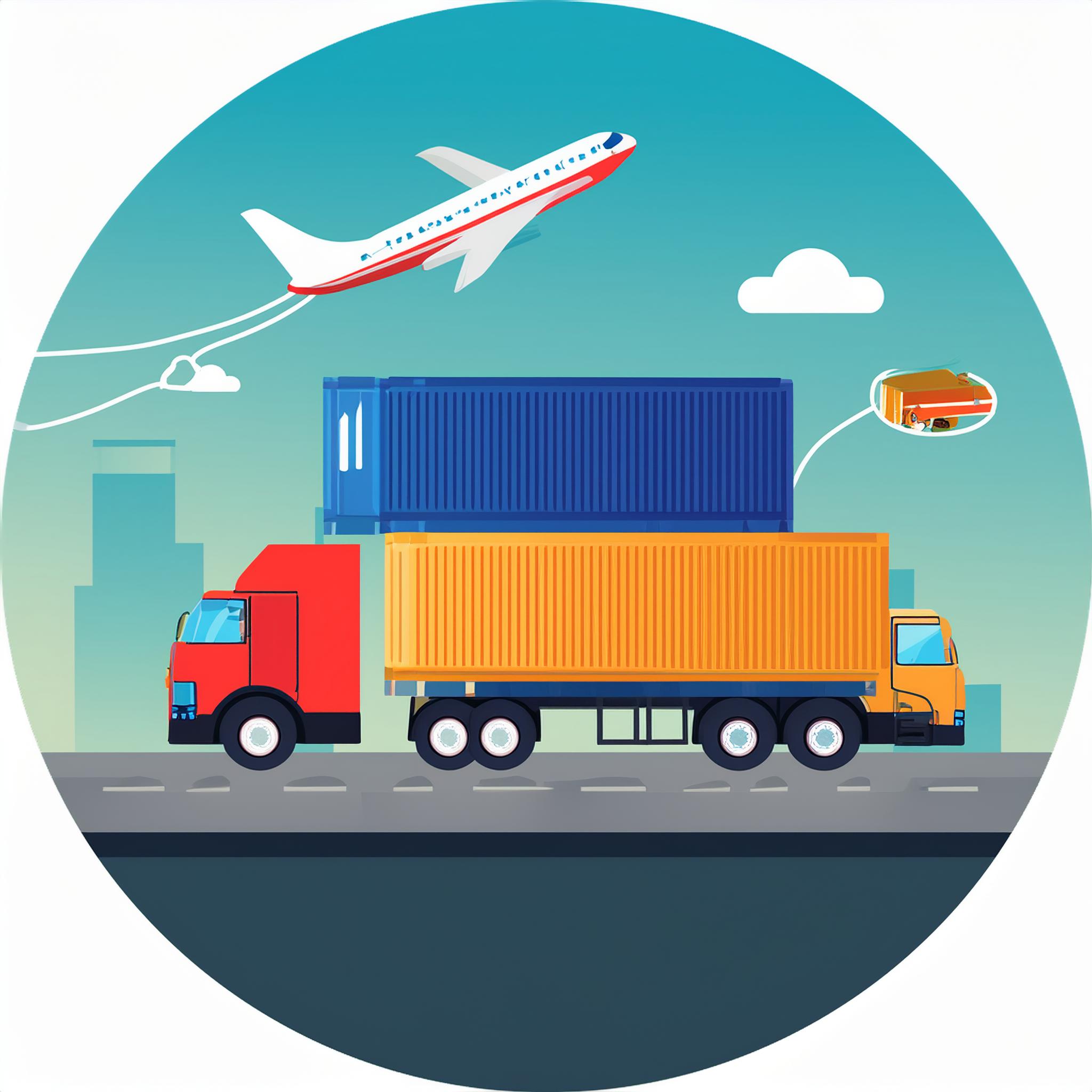Logistics is at the heart of every successful business. It’s the process that ensures products get from point A to point B efficiently, on time, and in the most cost-effective way possible. But as the demands of customers and the complexities of supply chains grow, so does the need for smarter, streamlined logistics systems.
That’s where logistics optimization steps in. By refining operations and using data to guide decisions, businesses can reduce costs, improve delivery times, and build stronger customer relationships. At Marradata.ai, we specialize in helping companies take their logistics to the next level with tailored, data-driven solutions.
What Does Logistics Optimization Mean?
In simple terms, logistics optimization is all about making your supply chain run smoother. It’s about finding the best routes, cutting unnecessary steps, and using technology to keep things running like clockwork.
Imagine being able to predict delays before they happen or knowing exactly how much inventory to stock without overspending. These aren’t just dreams—they’re the kind of results businesses achieve with optimized logistics.
Why Is Optimizing Logistics So Important?
When logistics processes aren’t optimized, businesses face higher costs, missed deadlines, and frustrated customers. But with the right strategies, those challenges turn into opportunities. Here’s why logistics optimization is a game-changer:
- Lower Costs
From reducing transportation expenses to cutting storage overhead, optimization helps businesses save money in all the right places. - Faster Deliveries
When your operations are running efficiently, you can get products to customers quicker—something that’s critical in today’s fast-paced world. - Smarter Resource Use
Whether it’s vehicles, staff, or warehouse space, optimized logistics ensures you’re getting the most out of every resource. - Greater Flexibility
Disruptions happen—weather, supplier issues, or sudden demand spikes. A well-optimized system helps you adapt quickly. - Eco-Friendly Practices
Efficient logistics lead to fewer emissions and less waste, making your operations more sustainable.
How Does Logistics Optimization Work?
Optimizing logistics isn’t about making one big change—it’s about improving every part of the process. Here are some key areas where businesses can focus their efforts:
1. Route Planning
The fastest route isn’t always the shortest. Advanced tools help businesses plan routes that save time and fuel while avoiding delays.
2. Inventory Control
Keeping the right amount of stock is tricky. Too much inventory ties up capital, while too little risks stockouts. Optimization tools help strike the perfect balance.
3. Efficient Warehousing
Well-organized warehouses save time and money. From better layouts to automated picking systems, these changes can transform operations.
4. Real-Time Tracking
When you know exactly where your goods are at any moment, you can make quick decisions and keep customers informed.
5. Predictive Analytics
Using historical data to predict trends and potential issues helps businesses stay ahead of the curve.
6. Automation
Automating repetitive tasks, like order processing or shipment updates, reduces errors and frees up valuable time.
Success Stories: How Businesses Are Benefiting
Optimizing logistics isn’t just a theoretical idea—it’s delivering real-world results:
- E-Commerce Companies: Online retailers like Amazon rely on logistics optimization to deliver millions of packages quickly and efficiently, even during peak seasons.
- Retail Stores: Big-box stores use data to keep shelves stocked with the products their customers need without overloading their storage spaces.
- Healthcare Providers: Hospitals and clinics depend on optimized logistics to ensure medical supplies and equipment arrive exactly when needed.
- Manufacturing Companies: Factories streamline production and delivery schedules to reduce downtime and improve customer satisfaction.
Overcoming the Challenges of Logistics Optimization
While the benefits are clear, optimizing logistics can be challenging. Here are some common hurdles and how businesses can overcome them:
- Scattered Data
When information is stored across different systems, it’s hard to get a complete picture. The solution? Consolidate your data into a single, accessible platform. - Slow Response Times
Without real-time insights, delays can spiral out of control. Investing in tools that provide live updates keeps everything on track. - Resistance to Change
Employees may resist adopting new systems or processes. Clear communication and proper training can help ease the transition. - Initial Costs
Implementing advanced solutions requires upfront investment. But the long-term savings and efficiency gains more than make up for it.
The Role of Marradata.ai in Logistics Optimization
At Marradata.ai, we don’t just offer tools—we provide customized solutions designed to meet your unique needs. Here’s how we can help:
- Personalized Dashboards: See all your logistics data in one place for easy decision-making.
- Seamless Integration: Our solutions fit effortlessly into your existing systems, minimizing disruptions.
- Actionable Insights: With advanced analytics, you’ll gain valuable insights to improve your operations.
- Ongoing Support: We’re with you every step of the way, from implementation to fine-tuning your processes.
With our expertise, your logistics operations will transform from a challenge into a strategic advantage.
When businesses focus on logistics optimization, they’re not just making small improvements—they’re building a foundation for long-term success. By cutting costs, improving delivery times, and staying ahead of disruptions, companies can deliver better experiences for their customers while boosting their bottom line.
Ready to take your logistics to the next level? Marradata.ai is here to help. Let’s optimize your operations together and set your business up for future success.

